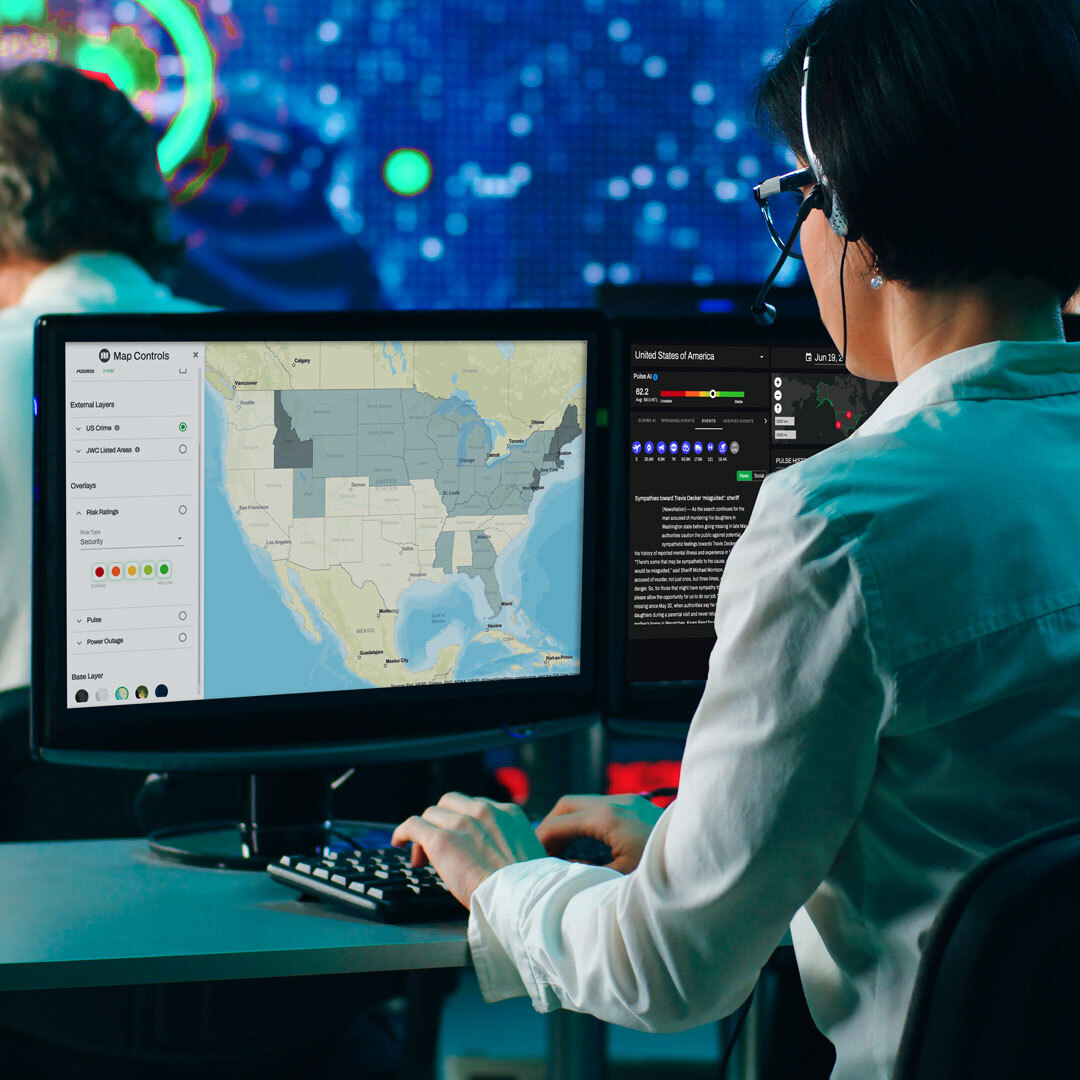Today’s top security professionals know that a security threat can materialize from any direction and at any time. When such an incident occurs, there is pressure on leaders to act, and quickly. In Proofpoint’s 2023 Voice of the CISO report, 61% of the CSOs and CISOs surveyed said they face excessive expectations. Effective security management requires quick, proactive response to the constant flow of data which often leads to alert fatigue. The most effective solution to that fatigue is alert triage, a process that allows your team to analyze security alerts and rank them based on the potential severity of their impact. Incorporating verified information into your alert triage process amplifies its impact, enabling faster and more effective crisis response, and optimizing resource allocation.
The Pitfalls of Responding to Every Alert
Security experts distill a vast amount of data into reports for internal consumers, spanning from managers to the C-suite and Board of Directors. Turning that information into actionable items requires a tremendous amount of time and energy. Most CSOs find themselves working well beyond a 40-hour work week and many teams are on call 24/7. Those demands are leading to a problem in many security operations centers. One survey found that nearly 9 out of 10 CSOs and CISOs reported “moderate or tremendous” job-related stress. Long hours are just one of many causes creating burnout. The difficulty of managing and prioritizing an overwhelming volume of data is another. CSO Online reports that, in one study, “Almost a third (31%) of both SOC leaders and staff cited information overload as a significant factor in workers’ pain…Workers pointed to an inability to prioritize threats (31%)… and too many alerts to chase (31%).”
In the modern security industry, it’s not only impossible to immediately respond to every alert. It’s a mistake even to try. Allison Wood, Head of Intelligence at Seerist, says, “Increasingly, value is being placed on verification and the accuracy of information, rather than speed of notification.” Acting prematurely leads to misinformed decisions and wasted resource allocation. To support valid, data-driven decisions, security professionals must prioritize both incident verification and contextual understanding. The process takes a bit of time, but it’s time well spent.
Slowing down and allowing the time needed to leverage information verification supports a careful response, rather than a swift reaction. Wood explains the value of verified intelligence, saying, “With all of this noise on social media, people would rather wait a few minutes, get good information that they can depend on, and have a little bit of context around it.” That clarity empowers alert triage, allowing managers to act with certainty that keeps their organizations safe.
Balance Immediate Needs with Strategic Security Planning
Just as every organization operates in the present and plans for the future, so should its security operations center. A CSO must ensure that urgent activities are completed safely and smoothly while simultaneously providing a robust foundation for understanding and planning around geopolitical, economic, and social dynamics. It’s not unusual to create an executive travel brief and a report on regional instability in a possible expansion location in the same week. The risks may be different, but what doesn’t change is the need for alert triage that supports your recommendations with expertly analyzed intelligence. Wood says, “With verified data in place, security officers can confidently pass their recommendations up the chain of command or make a decision themselves.”
Boost Alert Triage Effectiveness with These Three Tips
Wood sums up the need for organizations to implement alert triage and support it with verified intelligence, saying, “People are chasing timeliness a little bit less in favor of ensuring that information is accurate, that we can provide some context on it, and that they can use it to make a decision. Because that is what ultimately matters.”
Maximize the impact of your security intelligence operations by ensuring that your alert triage process is infused with verified intelligence for better decision-making. These three tips from Seerist’s experts will help you get started:
- Opt for security intelligence software that offers verification by experienced analysts. Even in the digital age, nothing replaces the knowledge and discernment of the human mind. For superior alert triage, your platform should use computers to scan and gather data, then present that information to experts for verification before compiling reports.
- Develop a standard operating procedure (SOP) for internal verification. Create clear guidelines and protocols that your analysts should use when verifying intelligence, including steps for initial assessment, sources for cross-checking information, and criteria for escalating verified threats.
- Prioritize contextual analysis. Without framing, data comprehension is incomplete. Your team must fully understand each alert in the context of history, geopolitics, and your business operations. Only then will you be able to determine which creates the greatest risk and therefore requires the swiftest response.
Taking a Measured Approach to Security
While it may seem that the quickest security response is the best one, today’s most effective security managers are opting for a steady approach that balances action with accuracy. If you’re not confident in the validity of your data, it’s time to stop sacrificing accuracy for speed.
Maximize the value that your security department brings to every decision with a solution focused on verified intelligence that sifts through the noise of global chatter, forecasts potential threats, and offers insights to better enable rapid, reliable decision-making when it matters most.
Schedule a demo of Seerist today.






